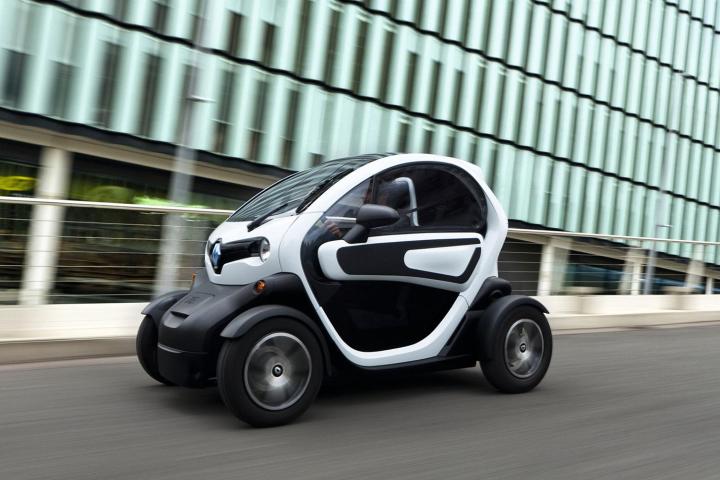
As we’ve reported before, Renault has been keen to support our neighbors to the north for some time. Citizens have also pressed the Canadian transport bureau to allow distribution. In a report by La Presse, Renault has, in tern, lobbied Canadian and Quebec governments for permission to allow its cars to legally drive on their roads.
Vincent Carré, sales manager for electric vehicles at Renault, told the Canadian publication “We are ready to do so on condition that derogations are made. That’s the short term; it is easy to do. After the second step will obviously depend on market developments. But our desire is there. “

That derogation, by the way, would be for the North American emission and safety regulations that the Twizy and Kangoo ZE electric panel van don’t currently meet.
Yeah, they probably meet the emissions part, but laws are finicky when it comes to vehicle imports.
In any case, if given the go-ahead, the Twizy and Kangoo could find themselves all across Montreal as urban runabouts or delivery vehicles, dependent on need. Beyond that, if Renault sees this as a viable market, they may decide to push for regular distribution.
From there, it’s just a simple deduction that they may eye the United States as a probable distribution area. Both vehicles could very easily meet the needs of local business owners in major metropolitan areas for things like deliveries. Similarly, city-dwellers who don’t have much need for a full-size vehicle could utilize the Twizy for quick and easy jaunts across town.
It’s still early to tell how things might go, but before we know it, the next time we see a Renault in person will be when one pulls up next to us at an intersection.


